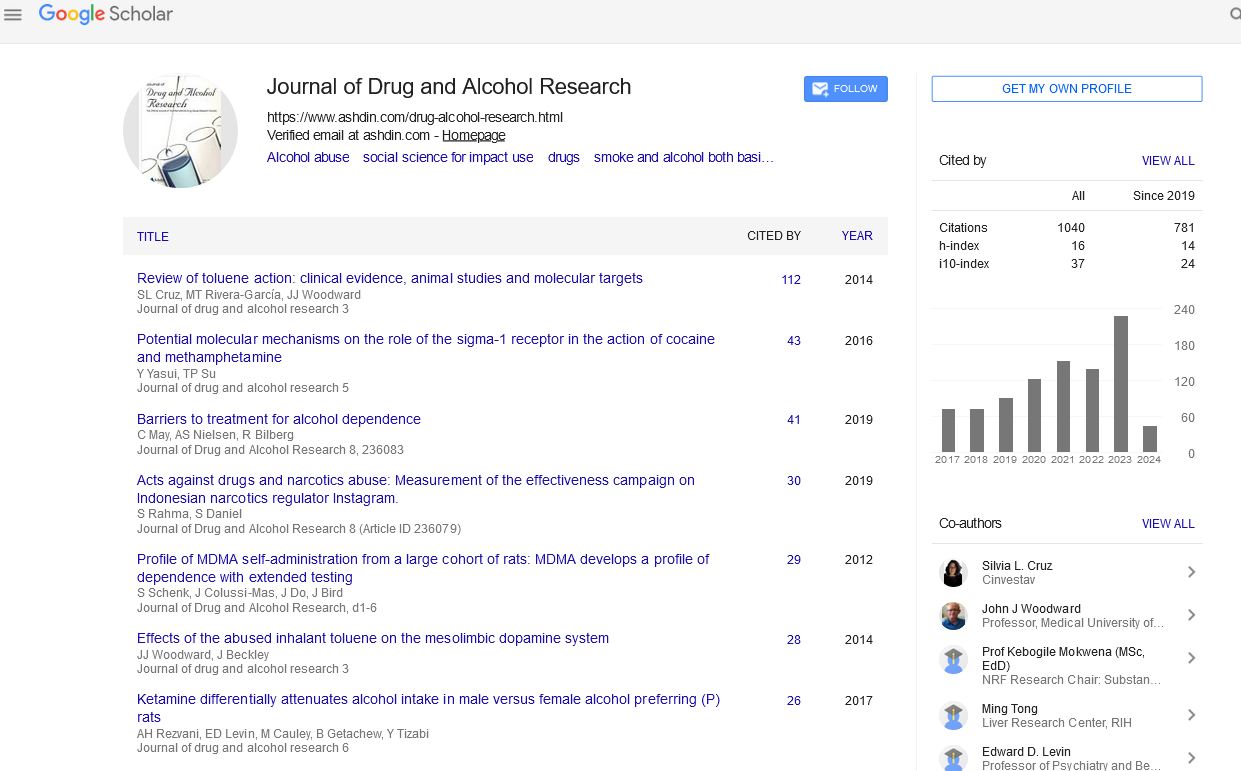The use of narcotic drugs, psychotropic substances, precursors, including cannabis for medicinal purposes in medical practice: legal regulation and practice of the most common civil, administrative and criminal disputes
Author(s): Oleksandr Sviatotskyi, Hanna Babenko*, Vira Halunko, Oleksandr Sachko and Denys Dontsov
Abstract
Aim: The purpose of this article is the growth of various narcotic drugs, psychotropic substances, precursors, including cannabis for medicinal purposes in medical practice: Legal regulation and practice of the highest civil, administrative and criminal disputes.
Methods: The investigation of the legal aspects of the use of narcotic drugs, psychotropic substances, precursors, including cannabis, for medicinal purposes is carried out on the basis of a comprehensive framework of interdisciplinary methods of scientific analysis. The choice of methods of understanding the need to connect legal, medical and sociological approaches to the investigation of the problem. A systematic approach ensured comprehensive legal regulation of narcotic and psychotropic drugs at the international and national levels, which allowed the strengthening of the main institutions of legal regulation and the identification of interconnections between them. The comparative legal method was developed to align the norms of the national legislation of Ukraine with the legal norms of foreign powers, which made it possible to identify effective practices and the possibility of their adaptation to the Ukrainian legal system. The dialectical method is used for the analysis of conflict situations in civil, administrative and criminal legal systems that arise when drug use is stagnant in medical practice.
Results: The results of the study emphasize the need to improve the regulatory framework and develop effective control mechanisms to ensure the safe and legal use of narcotic drugs and psychotropic substances in medicine. The study showed that the legal use of such substances for medical purposes is limited by strict dosage and prescription requirements, which significantly affects the availability of treatment for patients with chronic and serious diseases. A comparison of Ukrainian legislation with international practices (for example, in Canada, Israel and some EU countries) revealed gaps in regulation, in particular regarding the use of cannabis for therapeutic purposes and standards for quality control of drugs. The problem of insufficient awareness of medical professionals regarding the legal possibilities of prescribing psychotropic and narcotic drugs was identified, which complicates their effective implementation in practice.
Conclusion: The article examines the legal and practical aspects of the use of narcotic drugs, psychotropic substances and precursors, including cannabis, in medical practice. The current legislation of Ukraine on the regulation of the circulation of such substances, mechanisms for controlling their use and conditions for legal use for medical purposes is analyzed. Special attention is paid to the comparison of national norms with international standards and the practice of other countries, which allows us to identify problematic aspects in legislative regulation and practical application.


